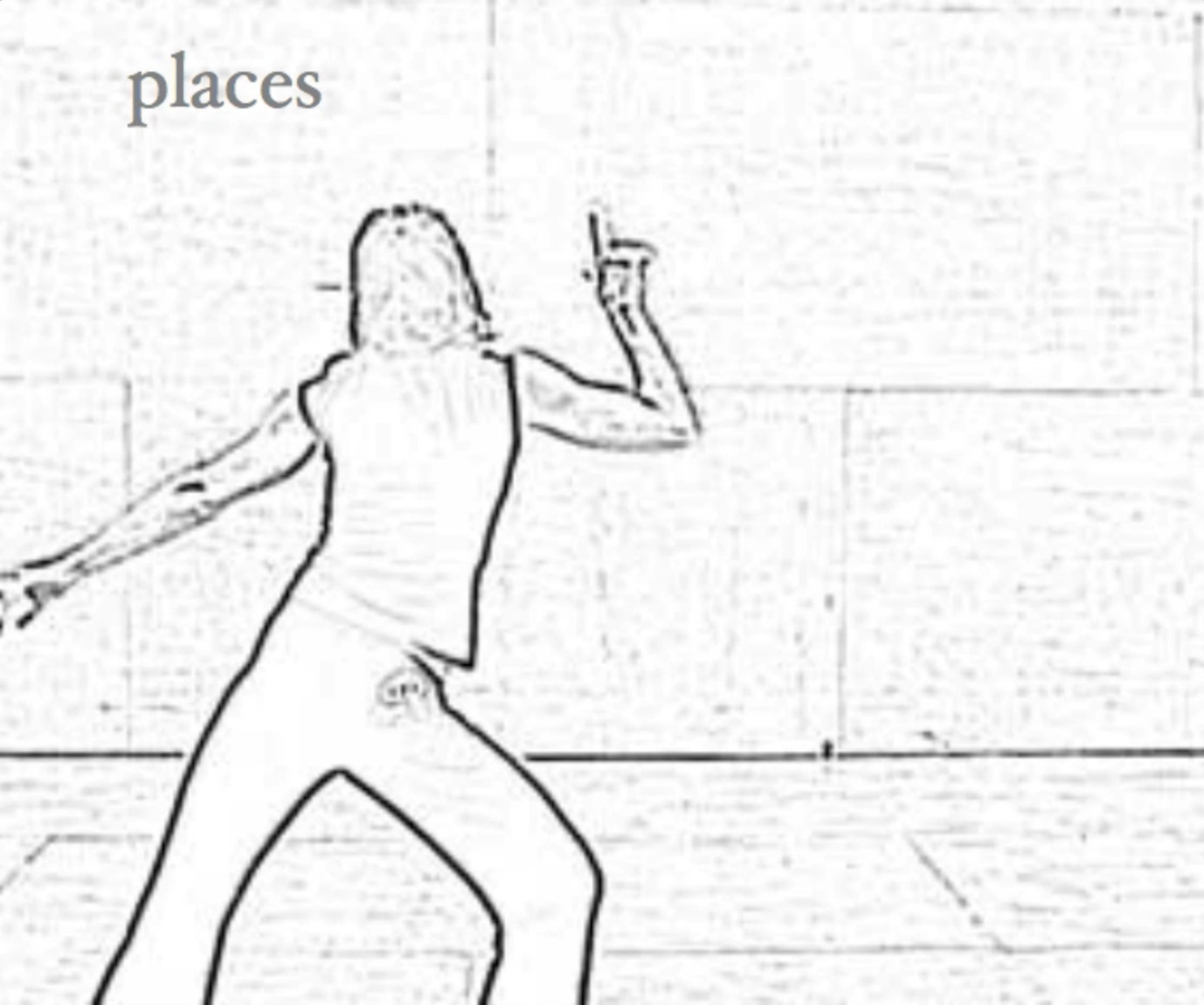
This is an archive of a Flash-based project built by David Corbet in 2006. The site was an open gallery designed for people to upload their own set of images that were then automatically converted into digital flickbooks. The flickbooks were animated by the user scrubbing across the video with the cursor.
Here’s a recorded video of one of the flash animations:
This page (eventually) will be to preserve dad.project during and following the prolonged and painful death of Adobe Flash. Perhaps one day David and I might have a go at rebuilding the site using HTML5.
Background (written in July 2006)
My early objective for dad.project (digital-analogue-digital) was to analogue-ize digital video footage of movement performers in order to generate hard copy and Flash-based flickbooks. However, my interest in developing hard copy versions of the animations was shifted in early 2005 when David Corbet expressed an interest in being involved in the project. David brought heaps of coding experience to the project, and was interested in having the animations load dynamically and, further still, to consider opening up the project to web-based participants — capable of submitting their own images and contributing to the archive: a dynamic animated document of dance/movement actions around the world.
In July 2006, whilst participating in an R&D residency at PICA with movement artist Paea Leach, David and I completed the dynamic part of the project and made it “live”.
dad.project reflects my ongoing interest in performativity away (or distinct) from liveness, and part of its role is to subtly undermine the deeply embedded hierarchy in which the “live” body is considered to be the acme of performance practice. In this case, the role of the viewer in reading (or rendering) the action “meaningful” is foregrounded — without him/her the animation neither loads nor is experienced (brought to life).
In the latter part of the residency at PICA, David, Paea and I started trialing two second “micro50s” (initially called “flips”): 50 frames of (mostly) non-linear images recorded on video and then developed as stand alone films: skellis.net/microflicks.
Although distinct from dad.project, these “micro50” films exist in similar terrain in their capacity to highlight the (fleeting) temporal experience of viewing digital moving/still image, and in distilling the viewing experience to a very “located” and detailed time-space. In addition, both modes — digital flickbooks and 50 frame films — seemingly invite repetitive viewing.